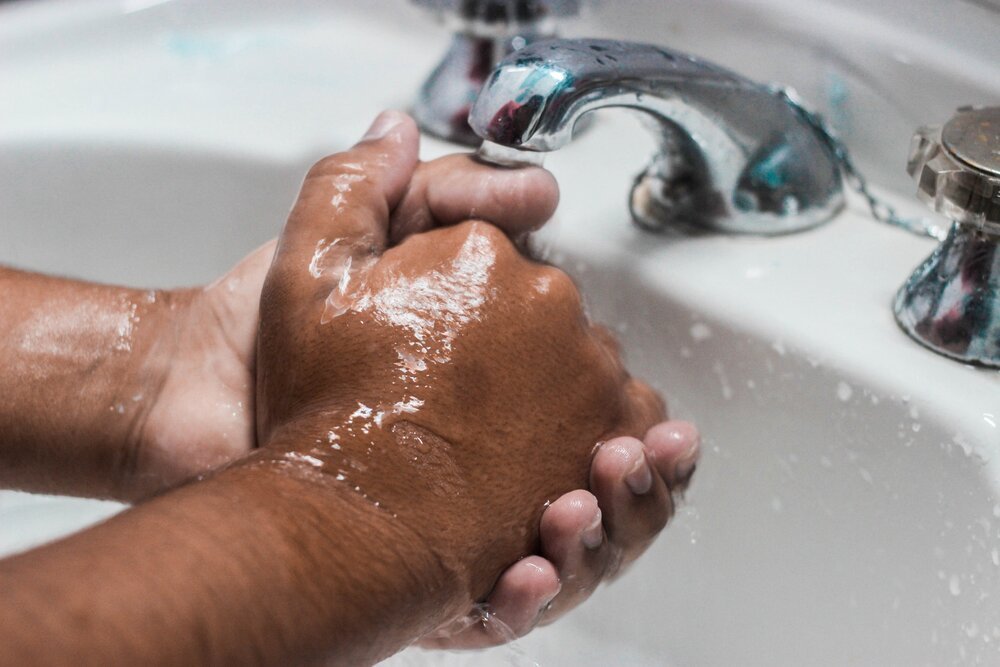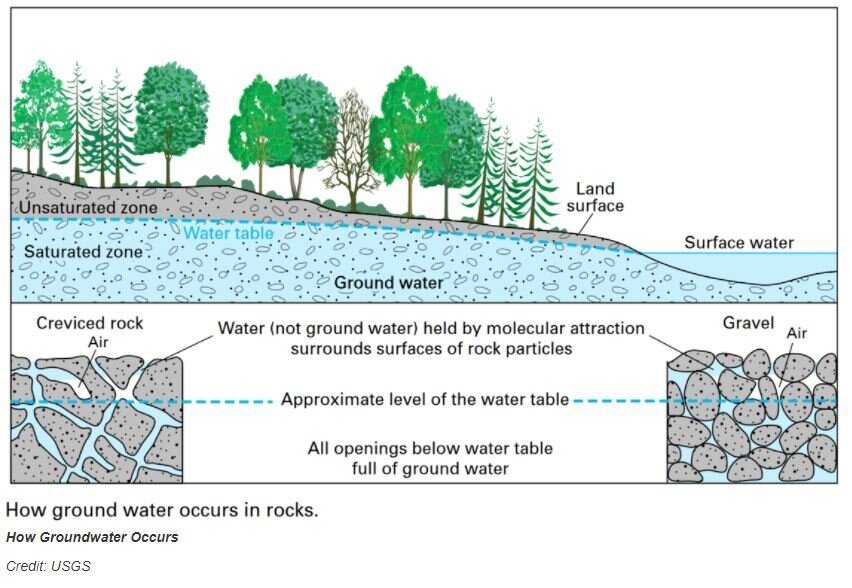Ever Wonder Where Your Water Comes From?
There are two main ways we source water for domestic, industrial, or agricultural purposes. The most common is surface water, in the form of rivers, lakes, or reservoirs, that is treated and distributed. Extracting water from groundwater aquifers, which make up only 26% of usable water in the United States, is the second source.
An aquifer is a naturally occurring water storage area beneath Earth’s surface. About 2.6 million Long Islanders rely solely on groundwater aquifers for freshwater use. This means that every time you shower, wash your car, run a dishwasher or other household appliance, we pull from this one source.
Long Island has three main aquifers, the Lloyd Aquifer, the Magothy Aquifer, and the Upper Glacial Aquifer, which formed approximately 60-65 million years ago. To access the water beneath Long Island’s surface, wells are created and drilled into the aquifers pumping it to the surface for human consumption. Water reaches the aquifer through precipitation events that seep through the sediment above the aquifer. This infiltration process helps in ridding the water of some pollutants.
However, with increased use of pesticides, herbicides and inefficient septic systems, pollutants are able to infiltrate the aquifers creating unsafe water for humans and can lead to other water quality issues. Another threat to Long Island’s aquifers is overexploitation. Overexploitation occurs when water is extracted at a faster rate than it can be replenished, which can cause aquifers to dry up.
If managed correctly and overexploitation is prevented these aquifers are a vital renewable resource for Long Island. Understanding where our water comes from and the threats it faces are important steps in protecting it. Together we have the ability to ensure safe water for generations to come. To learn more about actions you can take at home to protect and conserve the water on Long Island check out the Long Island Clean Water Partnership or this grant opportunity.
Sources:
https://www.licleanwater.org/blog-source-1/long-islands-water-where-does-it-come-from
https://www.nationalgeographic.org/encyclopedia/aquifers/
https://www.nationalgeographic.org/encyclopedia/surface-water/


